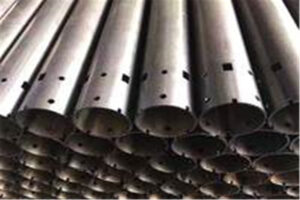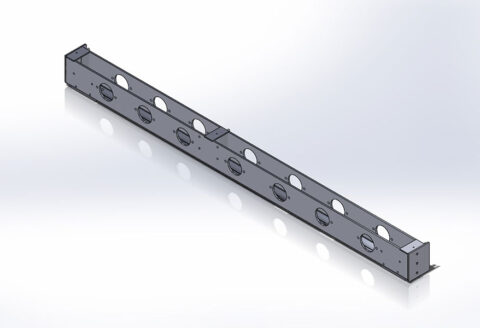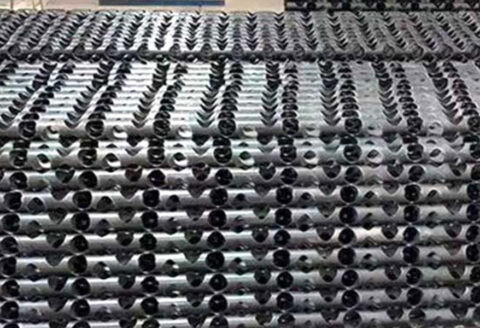Laser technology is especially suitable for the processing of various metal pipes. Compared with traditional cutting methods such as manual sawing, sawing, roll extrusion, grinding wheel cutting, and gas welding cutting, traditional pipe cutting methods are too advanced in terms of accuracy and processing efficiency. Therefore, the application of laser processing technology in metal pipe processing is very extensive.
Laser cutting pipe processing has the advantages of multiple processing methods of free-form surfaces and curves that traditional processing methods cannot match. In the process of processing, the cutting surface of the pipe should be cut to obtain the required length of the tube blank. The traditional pipe cutting method in my country is difficult to meet the needs of large-scale production. Moreover, the quality of the cut section of the pipes processed by these traditional processing methods is generally poor, and some even produce processing defects such as deformation and collapse. In addition to cutting, some pipes also need other forms of processing, such as: decorative lamp cutting patterns, spiral, sine, cosine line cutting, scribing, etc. If traditional processing methods are used in these forms of pipe processing, not only the efficiency is low, but also it is difficult to meet the ideal processing requirements, and some even cannot be processed. Production practice shows that the key to pipe cutting is to eliminate cutting quality defects to the greatest extent, so as to meet the processing requirements of pipes. The laser cutting china system can greatly guarantee the quality of the pipe when perforating, grooving, trimming or undercutting complex pipes.

Laser processing of metal pipes has the advantages of narrow cutting width, small heat-affected area, fast cutting speed, good flexibility, smooth cutting, and no tool wear. It is easier to realize automatic and intelligent production mode. The cutting width of the pipe cutting system is generally 0.1-0.3mm, the cutting efficiency can be increased by 8-20 times compared with the traditional processing method, the processing cost is reduced by 70% ~ 90%, and the material loss is saved by 15% ~ 30%. The traditional processing method requires multiple continuous processes to complete things, and it can be in place with an advanced automatic upper and lower tube laser cutting system.
When cutting (especially for small diameter square pipes), welding slag adheres to the pipe wall, and most of the heat generated by cutting is absorbed by the workpiece. When the cutting density is high, the pipe will overheat, and the four corners and four corners of the square pipe will be burned, which will seriously affect the cutting quality and even fail to cut. At present, the quality problems in the laser tube cutting process are as follows: burning cutting points, in the corners of the burning part, the tendency of the cutting surface, and round deformation or non-closing when cutting wheel parts, which directly leads to serious waste and inefficiency of the pipe Reduce production. Therefore, we should strengthen in-depth research on these aspects.
Professional pipe arrangement software is the basis and prerequisite for the large-scale, high-efficiency and high-quality cutting production of CNC pipe cutting machines. Through professional tube cutting and nesting software, the drawings, nesting and blanking are pre-programmed on the computer to generate a CNC cutting program, and then the large-length metal tube is automatically cut and cut with a laser. When changing the diameter or shape of the pipe, you only need to modify the program. Therefore, the development of pipe cutting software has very important value.
It is the technical solution and mainstream of many laser equipment companies to realize the automation of the whole process from feeding, conveying, length fixing to cutting the finished tube, cutting and conveying to the next link. It is also of great significance for laser companies to strengthen the research of laser cutting pipeline automation production line.


